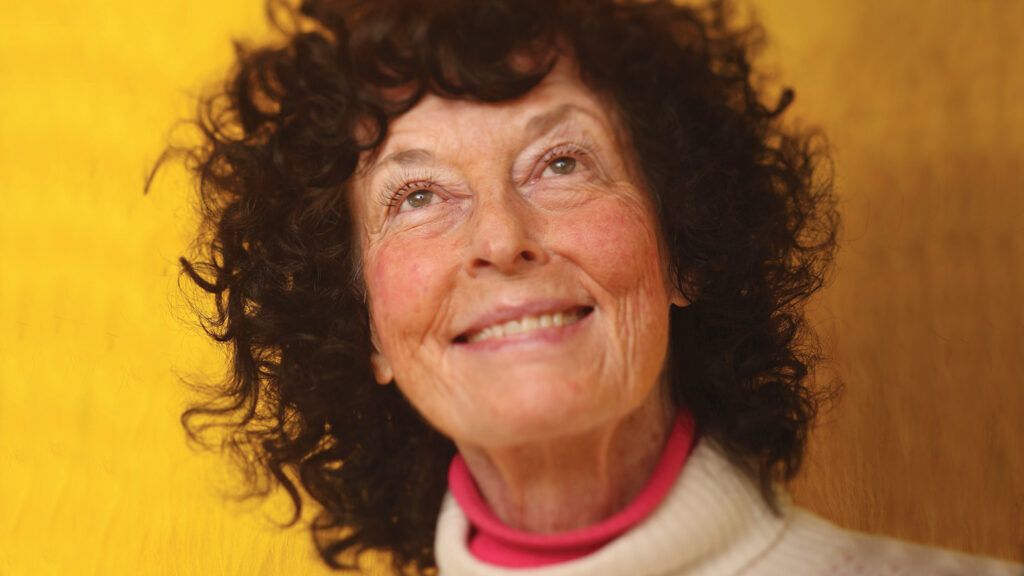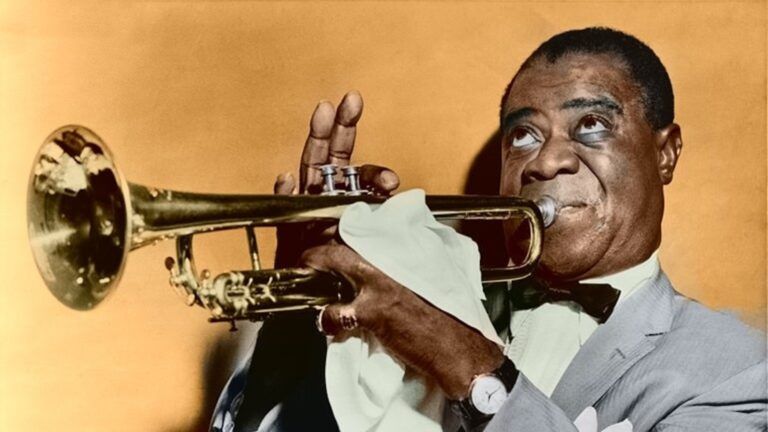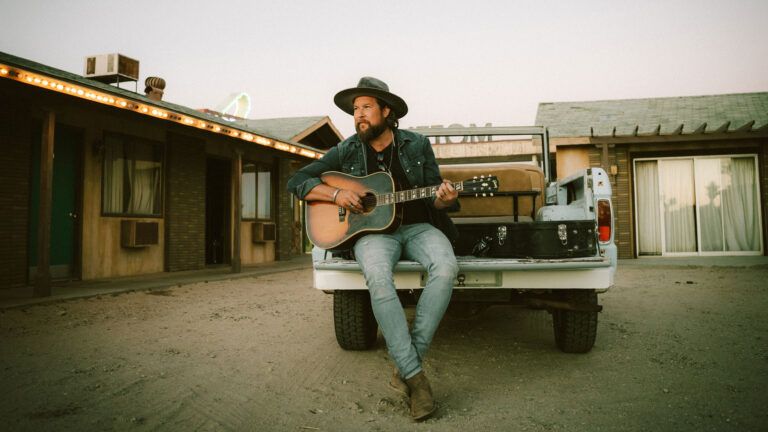It landed in my mailbox like a blast from the past. A small manila envelope with a return address from Brooklyn, New York, and a name I didn’t recognize. Inside was a CD, its title, Parallelograms, in loopy script over the image of a young woman with long hair in a miniskirt and boots, walking in a blue-tinted field.
I flipped the CD box over. Had I really written and sung all those songs? It seemed impossible. These days I might sing to myself, driving to work as a dental hygienist. My 12-string Martin [guitar] was buried deep in a closet, the reel-to-reel masters of those long-ago recording sessions gathering dust somewhere. Linda Perhacs, the CD said. That was me all right. Me a million years ago.
It was 1970, to be exact. I was a dental hygienist working for a Beverly Hills periodontist on Rodeo Drive. The patients were a roster of Hollywood stars—Paul Newman, Cary Grant, Henry Fonda among them—who depended on their perfect smiles for their work.
My then husband and I lived in a tiny bungalow out in Topanga Canyon. It seemed tinier still when we fought, which was always. To get away, I’d grab my Martin and sit under an old oak, the scent of eucalyptus in the air, a sea breeze rustling the mustard in the fields. Songs would come to me. Lyrics spilled out of me: “In the soar of the leaves, and needle tufts and form, in the grasses and the reeds, and the spilling over stones…”
Not that anyone would mistake me for Joni Mitchell or Joan Baez. Yet the music was healing. I soothed myself with song and felt close to God. I need you more than I ever have, Lord.
One day, one of our patients, Leonard Rosenman, looked at me while taking his bib off. “Linda, you must have talents besides scaling teeth,” he said. Leonard wrote movie scores. His latest was for Beneath the Planet of the Apes, starring Charlton Heston.
“I’ve written a couple of songs,” I said. “I’m not really a songwriter or anything. I just like doing it for myself.”
“I’d love to hear them,” he said. “Can you get me a tape?”
That night, I sat in my kitchen and recorded four songs on my cassette player, convinced I’d never actually have the courage to share them with Leonard. Except the next time Leonard was in the office, I gave him the tape. He called me as soon as he got home.
“Linda, your voice, these songs, they’re incredible. I want you to make an album.”
I didn’t believe him. Was he just being nice? Nice enough to convince Universal Records to sign me to a recording contract. Whenever I could get off work, I’d drive to the studio where some of the best session players in the business—usually a guitarist, drummer and bass player but in one song a full 100-piece orchestra—backed me up. It wasn’t really even a dream come true because I had never dared to dream of something this amazing. It was a kind of miracle.
It took several months to lay down all the tracks. With each one done, I got the master—the original reel-to-reel tape. Remember, this was the seventies.
The title track came to me one night while I was driving home from Leonard’s house in Bel Air. I looked up at the sky. Luminous bands of yellow, green and blue formed a perfect parallelogram. Music rumbled inside my head. I have since learned my ability to see vibrant colors whenever I hear certain sounds is a phenomenon called synesthesia. For some it’s a distraction, a nuisance. I think of it as a gift from God.
I pulled off the next exit and got out a piece of paper. I scribbled a picture of what I’d seen in the sky and jotted down some lyrics: “Parallelo-lelogram… Spiralelo-lelo-gram…”
“That’s it,” Leonard said later. “It’s going to be a huge hit.”
The first I saw of the finished LP was in a music executive’s office in Studio City. “We need to talk about a tour,” he said. “We want you to go on the road and perform. It’ll help sell the album.”
“A tour?” My palms turned sweaty. I couldn’t do that. I’d never done that! It would be a disaster. “I’m sorry,” I said. “I can’t do a tour. I just can’t.”
That was that, the end of my career as a recording artist. The record simply disappeared. I never saw it in a single store, never heard any of the songs played on the radio. Parallelograms vanished. By then so had my marriage.
Still, my faith grew stronger. God felt as present as that parallelogram in the sky, as if the reason I’d made the LP was to grow closer to him, which was just fine. More than fine. A kind of miracle. I didn’t pick up the Martin for decades. I continued my career as a dental hygienist, only occasionally wondering “what if.” Now, some 30 years later, the record had come back. As a CD in a manila envelope with a note attached. “If this is the right Linda, I’ve been searching for you,” the note read. “Would you please call me? Michael Piper.”
I called him. “I can’t believe it’s really you,” Michael’s voice boomed through the phone. “I’m, like, your biggest fan.”
Michael had started an independent label selling small-batch CDs of records that were no longer available. He wanted to sell mine. “I came across your album in a used record store. That song ‘Parallelograms.’ It gives me goose bumps.”
I told Michael I had the masters and would be glad to lend them to him. We stayed in touch. The CD of Parallelograms caught on, more and more people buying it and sharing comments online. The record had a second life—or rather the life that it had never had the first time around. I started writing new songs.
In 2008, Parallelograms was rereleased, this time by Sunbeam Records. One night, my phone rang. It was a DJ from an internet radio station. “Linda,” he said, “we’re doing a show at a small theater in downtown L.A. We want you to be one of the performers.”
“I’ve never really sung for an audience,” I said, that same dread from years before threatening to overwhelm me.
“This audience will love you.”
I couldn’t say no, not when all of this seemed meant to be.
A few weeks later, I walked onstage to the cheers of nearly 300 people. “I’m sorry if I kept you waiting,” I said. That got a few gentle laughs. I’d been waiting too, for almost 40 years, though I didn’t know it. Almost 40 years! I leaned into the microphone and my fear…it was gone. All I felt was love.
Since 2012, I’ve recorded two albums, most recently one called I’m a Harmony. I wrote my second and third albums as messages of peace and love for a world in desperate need of both. A lot of my fans are decades younger than me. I’m amazed and flattered when groups I’ve never heard of, like Wilco and Daft Punk, cover my songs. I still work in a periodontist’s office five days a week, polishing smiles.
The rest is music. Beautiful, radiant music that had waited for me all these years. A kind of miracle, isn’t it?
For more inspiring stories, subscribe to Guideposts magazine.





